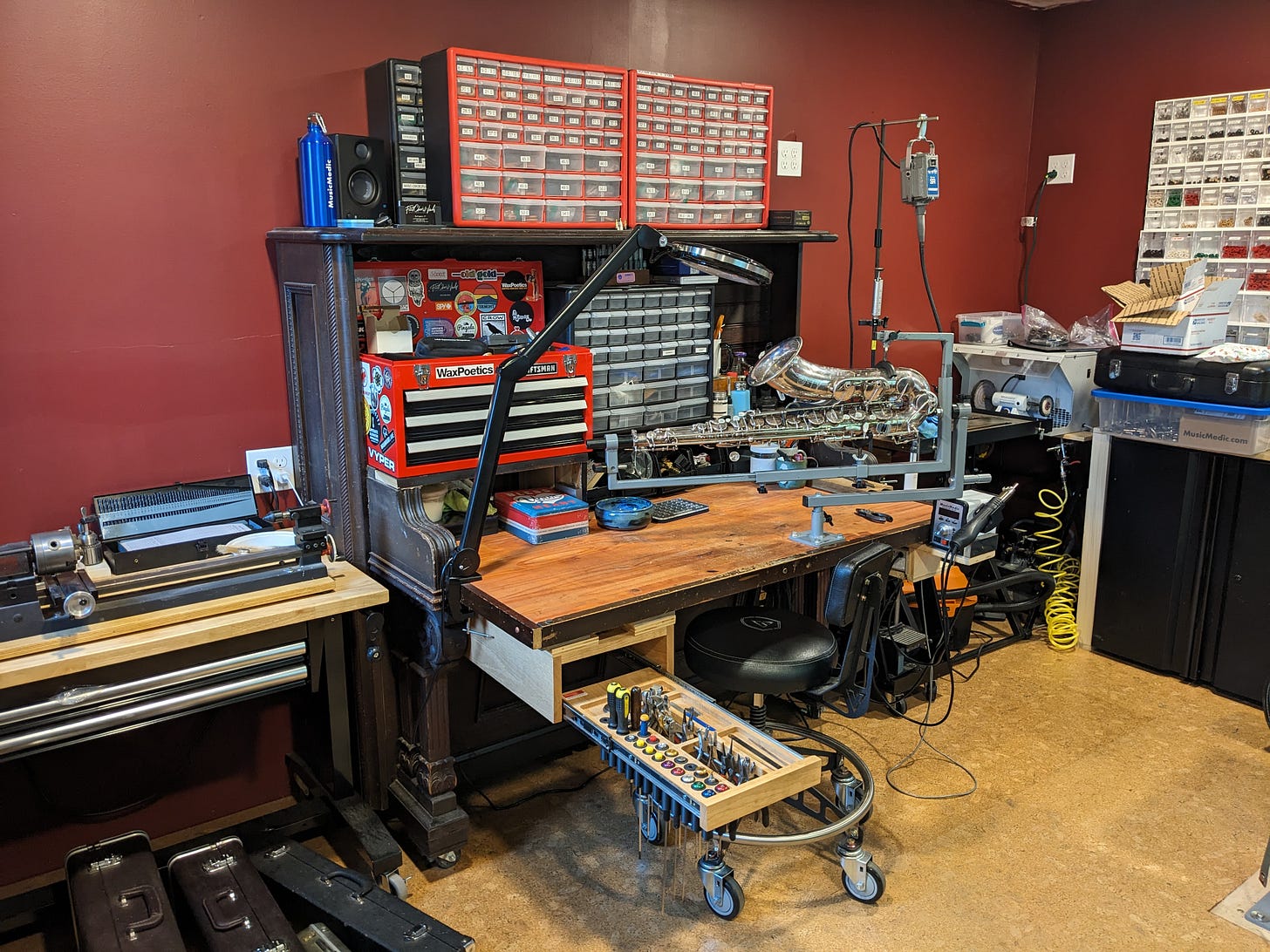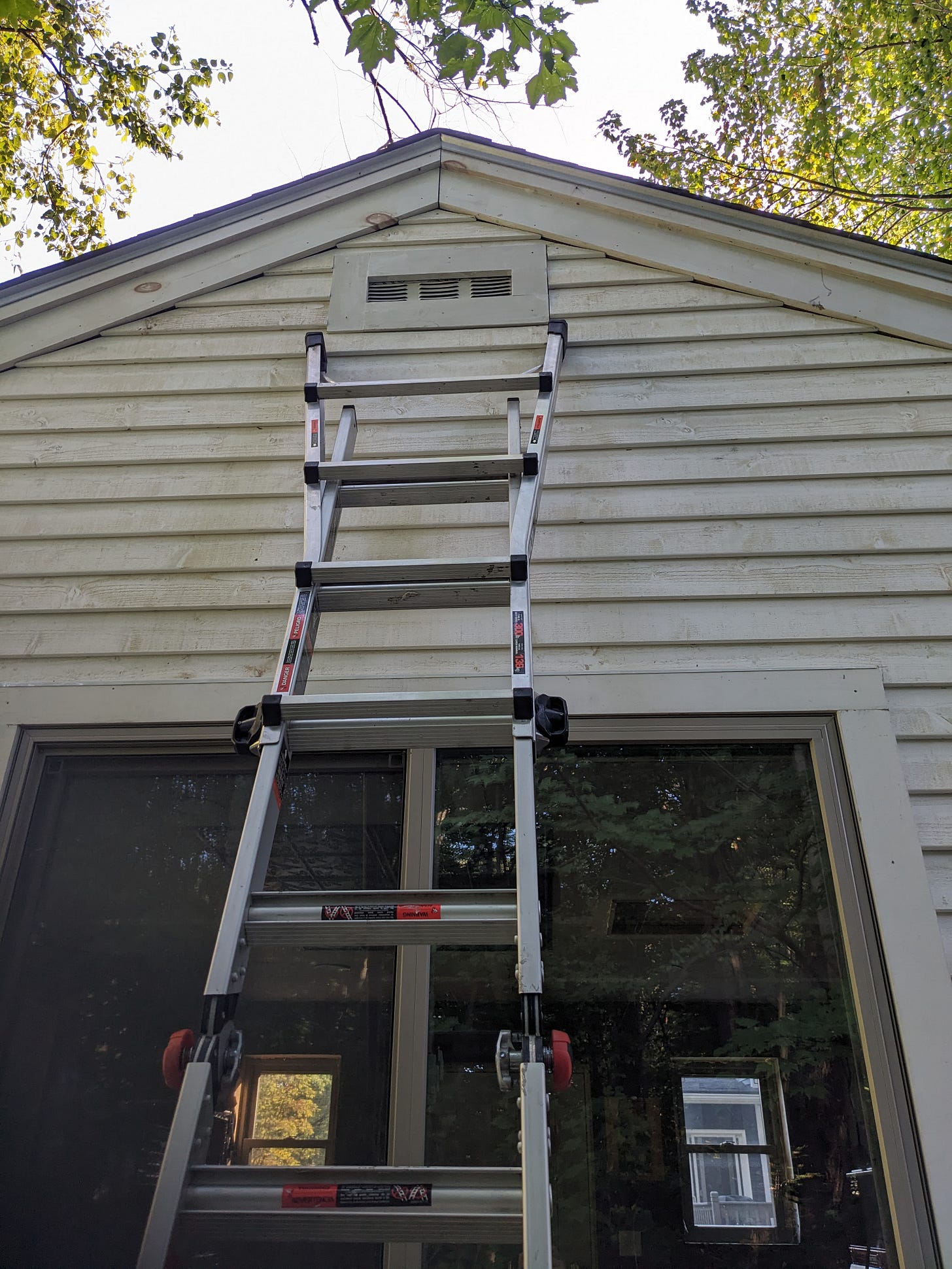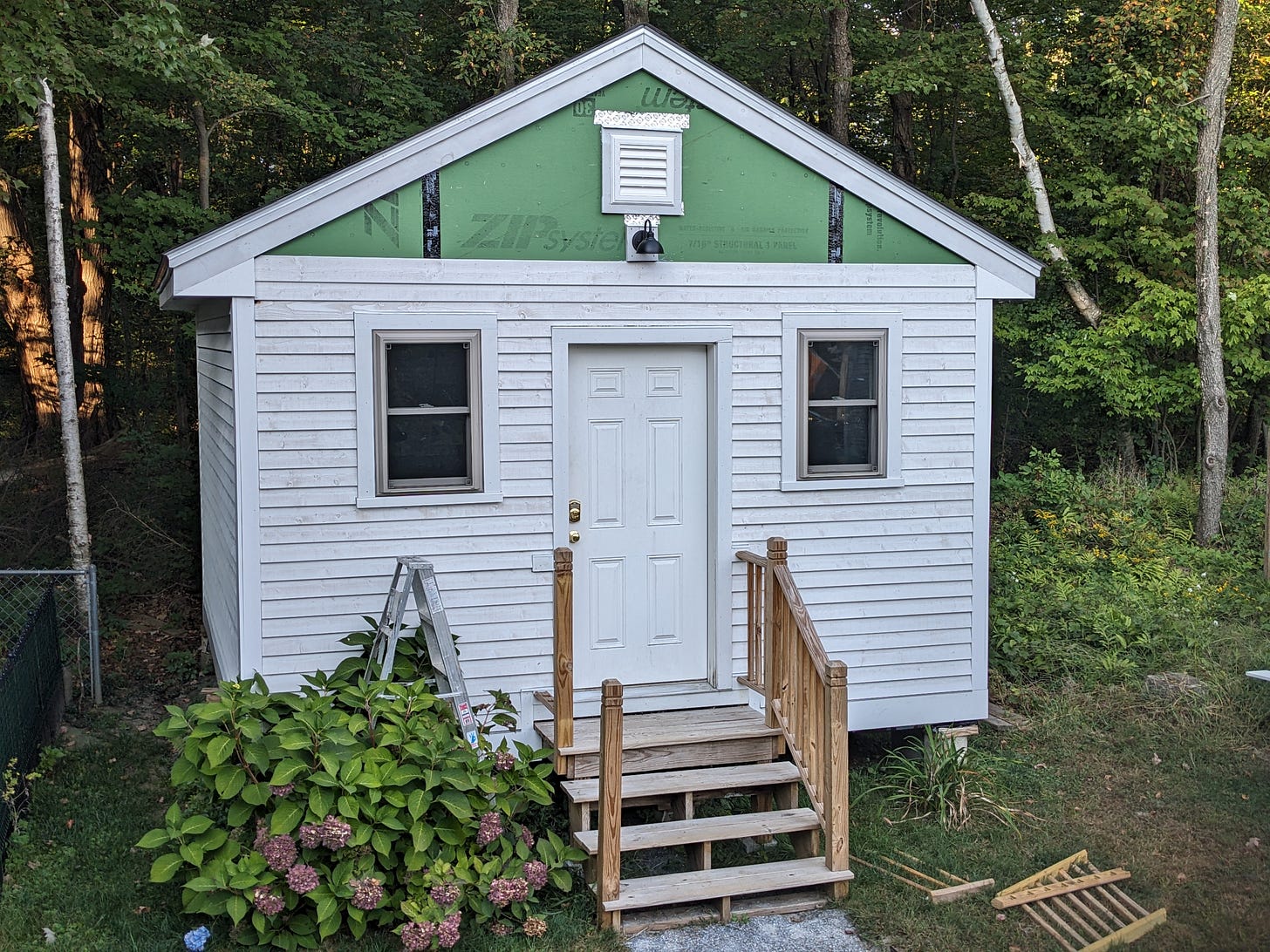Surrounded By Stories
In 2012, as we planned our relocation from Los Angeles to Burlington, I searched for work in Vermont and met Rod MacIver. He is a painter, writer, and founder of Heron Dance—publisher of art journals, newsletters, fine art books, and other work related to living a creative life. Rod has “conducted hundreds of interviews of creative outsiders, of people who live on the edges of our culture, creating lives according to their own values and on their own terms.” Heron Dance celebrates their uniqueness and courage. He hired me as a consultant to help him transition a waning print publication into a sustainable digital platform. He is a mountaineer, backwoods paddler, and strong proponent of solitude and reflection—spitting in the eye of aimless consumerism. And, of course, he’s now on Substack.
I recall reading an interview Rod did with an artist in Maine. Something the man said struck me then and has stayed with me since—even though I have felt and discerned it throughout my life. He spoke about the power of surrounding oneself with meaningful objects. He and his wife had built the house they inhabited and talked eloquently about how every single thing in it was made by them or someone they knew. Every object, from the furniture to the art to the kitchen utensils, had a story of connection for them. That became a fertile aspirational seed as I created a new life and home in Burlington.
When I decided to open a woodwind repair shop, I considered finding creative space in Burlington's South End Arts District—once the city's gritty industrial corridor and now home to a vibrant community of artists and makers. But I’ve been working at home since we moved to Vermont, and I couldn’t shake it—even after the isolation of COVID times. I imagined a sense of well-being plying my trade in a structure I raised and grasped the opportunity to establish my desired work ethic and mindset right from the start. The idea of building it myself animated me.
After consulting some friends who are builders, tearing down our garden/tool shed and erecting the shop on the pylon foundation seemed my best option. In the golden age of YouTube, DIY self-confidence was abundant and flowed freely in the planning stage. Fortunately, through the introduction and advice of a friend, I hired a lone framer—usually hungover enough to uphold our agreement to let me help, albeit begrudgingly. And he knew a roofer. That left me to finish the exterior walls, soffits, siding, insulation, drywall, floor, and interior trim. I completed painting the interior walls and got the cork floor down the day before the movers I hired a month earlier brought all the tools and supplies from their previous shop incarnation in Jericho.
I spent time studying the layout and aesthetics of other instrument repair shops. I visualized how I would work in minimal space and the flow I wanted to attain. I found an upright piano built in 1914 on Craigslist that the seller foolishly offered to deliver for free—to her and her boyfriend and their friend's regret on a cold winter’s night. Disassembling a hundred-plus-year-old piano in my garage was arduous and somewhat prolonged. However, its not-quite Pinterest-worthy transformation into a workbench still makes me smile when I enter to start the day. It was instructive and fun to think back on all of the shops I have seen in my travels as a saxophone player and let them guide me.
A year and some months after moving out of my basement, I work and/or practice in the shop nearly every day, buoyed by a feeling of achievement even though I haven’t finished it yet—such is my nature. It encompasses my daily intention of striving for quality and doing work that is not rushed. Just as art, books, furniture, and household goods—chosen with aesthetic purpose—stimulate ease and comfort for me in my home, there is also joy in being surrounded by tools. I learned that from the old men in my family when I was a small child, eager to explore the spaces where they tinkered.





